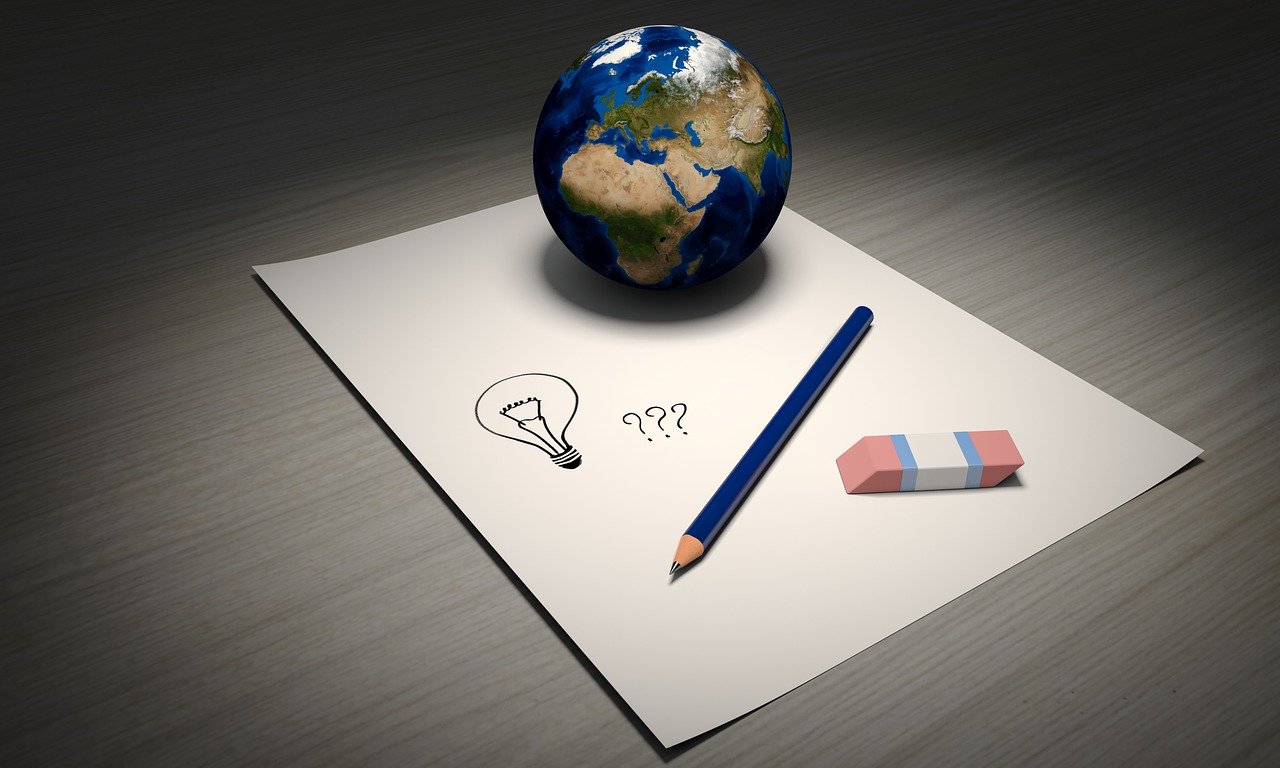Will student Thomas give the theory of everything a boost?

Will student Thomas give the theory of everything a boost?
‘We currently have a great theory in place that explains gravity: Einstein’s general theory of relativity’, Thomas van de Kamp says. ‘There’s also a great theory that explains quantum processes: the theory of quantum mechanics, which explains how the smallest particles work. The problem is that those two theories aren’t particularly compatible.’
For decades, physicists from all over the world have tried – and failed – to unite the two theories in a theory of everything. Now, thanks to 21-year-old physics student Thomas, they are hopefully a little bit closer.
Problem
He’s spent the past few months at the dining table in his student house, surrounded by literature, reducing formulas and writing programs. For his bachelor thesis, he worked on solving a problem for his supervisor, theoretical physicist Anupam Mazumdar.
‘Together with a few colleagues, he came up with an experiment to test whether particles on a quantum scale ‘communicate’ through quantum gravity’, Thomas explains.
Mazumdar came up with the idea for two very small ‘spheres’ made out of diamond, that he wants to shine lasers onto. The light will put them into two different states: the superposition. ‘That means a particle is basically in two places at once. Kind of like Schrödinger’s cat: only when you start measuring it will a particle be in one of two states.’
Magnetic field
These two states are the spin-up state and the spin-down state. ‘Using a magnetic field, you can move the spin-up state in a different direction than the spin-down state, like to the left and to the right.’
If you do this with two spheres that are next to each other, you’re creating four states: two of them are very close together, while the two others are very far apart. The distance between the states can be used to measure the effects of gravity, since gravity depends on the distance between two objects.
We have to overcome many obstacles still
In theory, it’s a groundbreaking experiment, which would allow scientists to measure gravitational waves in a really clever way. ‘But we’ll have to overcome many obstacles before the experiment works’, says Thomas. ‘We want the two spheres to be as close together as we can get them, but that’s when electromagnetic forces start coming into it.’ These forces prevent scientists from measuring the gravitational impact.
Shield
This was a job for Thomas. He spent months going over the literature, trying different ways of calculating the effects. In the end, he found a solution: a shield between the two spheres could divert the electromagnetic waves.
That means his thesis could actually be published. ‘I was really happy that I made it work, but it was also a little scary. I’d never done anything like that before.’ With help of professors and PhD students, he’s written a paper about his research. The paper will soon be published in Physical Review A.
‘I was used to discussing only with other students, but now I suddenly had to defend my research in front of people who knew so much more than I did.’ He didn’t just have to defend it in front of people he knew, but in front of peer reviewers, as well: ‘They would give me feedback, and I’d have to explain why my research was correct.’
Different direction
You’d think this was a great start to a scientific career, but Thomas doesn’t necessarily feel the same way. ‘It was really great, but I wouldn’t want to do this for the rest of my life’, he says. ‘There are other, non-work-related challenges I want to work on!’
To that end, he will start a master in finance in September next year, taking his life in a completely different direction. ‘I’ll be keeping an eye on the project’, he says, laughing. ‘But only from the sidelines.’



